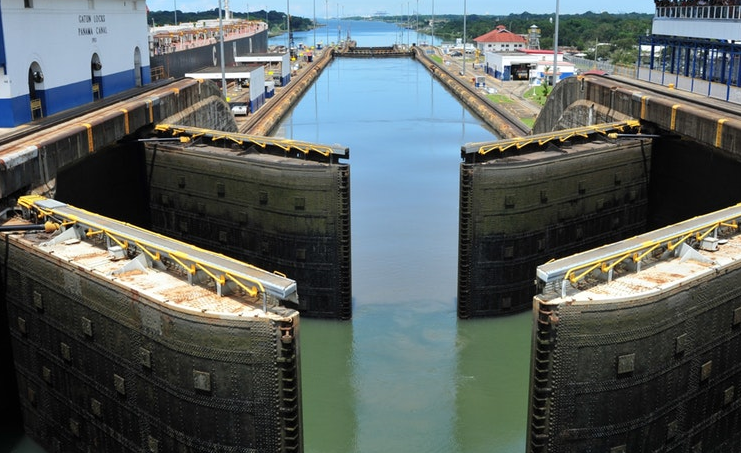 Recently, the Panama Canal underwent about $5.2 billion worth of expansions. While certain upgrades may have been needed to accommodate the larger cargo and cruise ships from around the world regularly passing through, one problem persists: As ships get toward the Cocoli locks near the Pacific Ocean, the last set of steel doors don’t open all the way. As a result, captains directing these ships attempt to get these vessels through the narrower opening, and while most make it, passing that close tears off the adjacent bumpers and even damages the ships themselves.
Recently, the Panama Canal underwent about $5.2 billion worth of expansions. While certain upgrades may have been needed to accommodate the larger cargo and cruise ships from around the world regularly passing through, one problem persists: As ships get toward the Cocoli locks near the Pacific Ocean, the last set of steel doors don’t open all the way. As a result, captains directing these ships attempt to get these vessels through the narrower opening, and while most make it, passing that close tears off the adjacent bumpers and even damages the ships themselves.
According to reports, there are several issues here. One, because the ships barely make it through, the bumpers along the channel designed to cushion the vessels get worn down, dislodged, or are simply missing. In fact, some even intentionally use the barriers to properly align their ships, which locomotives on both sides of the canal and tug boats formerly did to pass the ship through.
Secondly, because the new improvements created such a drastically different system, ship captains don’t have the training to navigate through, thus exposing their vessels to higher accident risk. When this becomes a reality, delays and repairs cost the shipping company money.
All of these complications, however, come down to one small component: a faulty water-level sensor at that last set of doors. What could be going on? The Panama Canal Authority reports that surrounding vegetation and accumulated debris from Gatun Lake were disrupting the sensor, but now, that has supposedly been fixed.
The Canal Authority further claims that the sensor malfunctioned for just two percent of all passing ships. Now, as the water sensor is functioning properly again, transit times have decreased from four hours to two and a half or three.
As this news story shows, even a seemingly minor component that doesn’t do its job can have a large-scale impact. If you’re dealing with a liquid level sensor that won’t produce the results you need, it may be time for a replacement. In that case, browse our many vertical and liquid level sensors for a match, or contact our team today.





